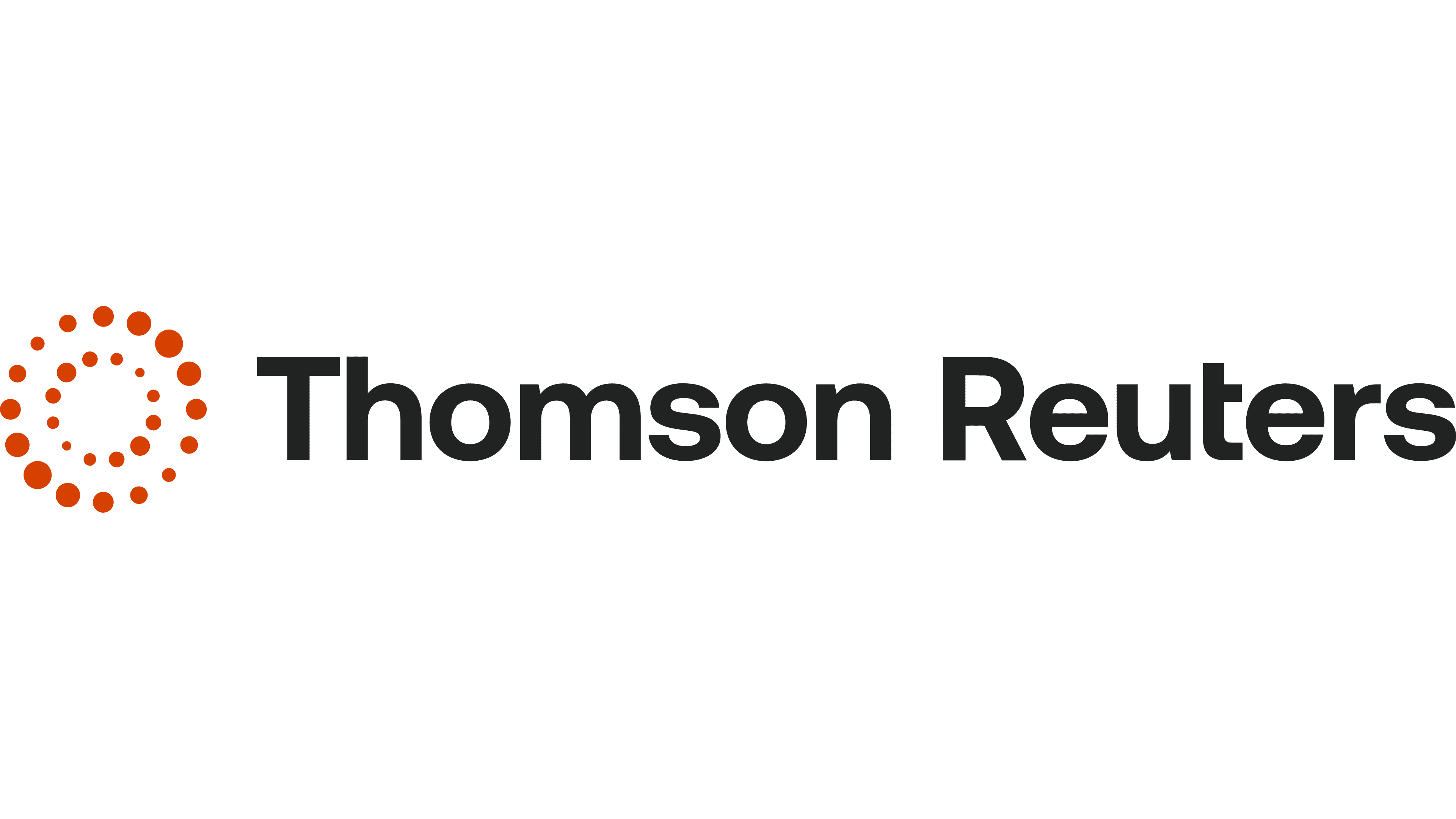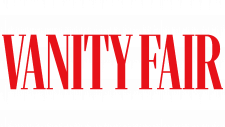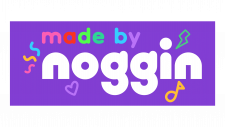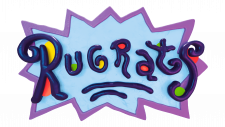Describe Thomson Reuters Logo
Thomson Reuters is a global company providing news and professional information. The Thomson Corporation and Reuters Group PLC merged to form it. The creators established it to serve finance, law, tax, accounting, and media professionals. It was founded in Toronto, Canada. The goal was to streamline access to crucial, sector-specific information.
Meaning and history
Thomson Reuters came into existence on April 17, 2008, from the merger of two companies: The Thomson Corporation of Canada and Reuters Group PLC of the United Kingdom. This strategic combination was intended to create a global leader in providing professional information with deep roots in financial services, legal solutions, and risk management. Significant milestones include the launch of the Eikon platform in 2010 to provide powerful financial analysis tools and the acquisition of FX Alliance, a major electronic foreign exchange platform, in 2012. These steps were critical in expanding its role in financial markets and enhancing its data analytics capabilities.
What is Thomson Reuters?
Thomson Reuters is a multinational corporation headquartered in Toronto. It specializes in providing news and business information to professionals. Its services support decision-making in fields such as law, tax, accounting, and finance. The company is known for its commitment to integrity and accuracy in information delivery.
2008 – 2024
The logo consists of a wordmark and an emblem. “THOMSON REUTERS” appears in a bold sans-serif font, showcasing clarity and modernity. Near, a captivating emblem made of dots forms a swirl, symbolizing connectivity and data flow. This array of orange dots gradually fades, suggesting global reach and the digital age. The design conveys innovation, unity, and the dynamic nature of information in the digital era.
2024 – Today
The logo maintains its clean and modern typeface, but shifts in layout. The emblem of connected dots now rests beside the wordmark, symbolizing global integration. The name “Thomson Reuters” merges into a single line, reinforcing the unity of the two entities. Orange, a color of energy and thought, highlights the emblem, while the text in stark black suggests solidity and reliability. This lateral alignment represents a seamless blend of tradition and forward-thinking in the digital information age.













